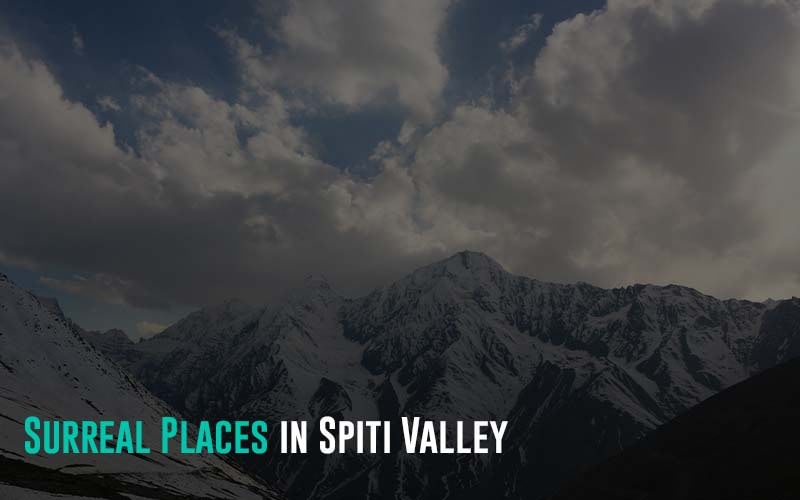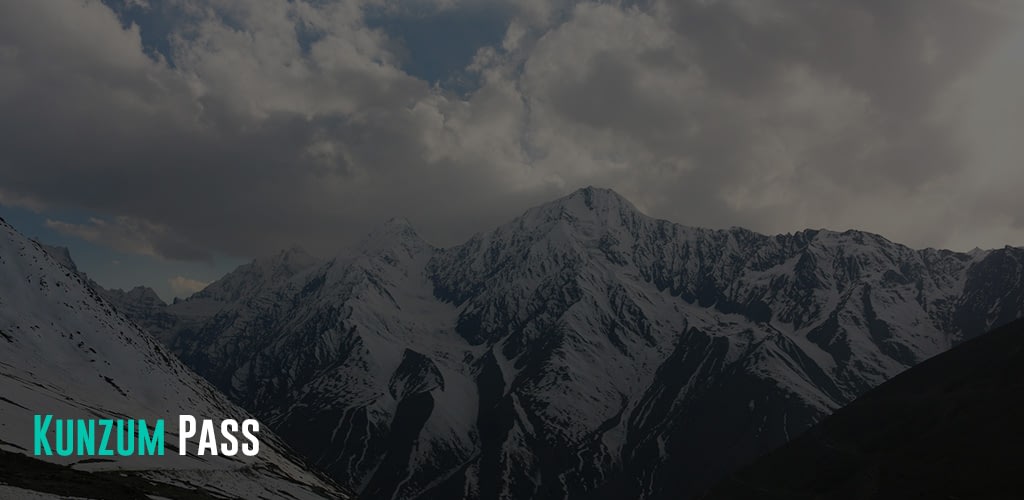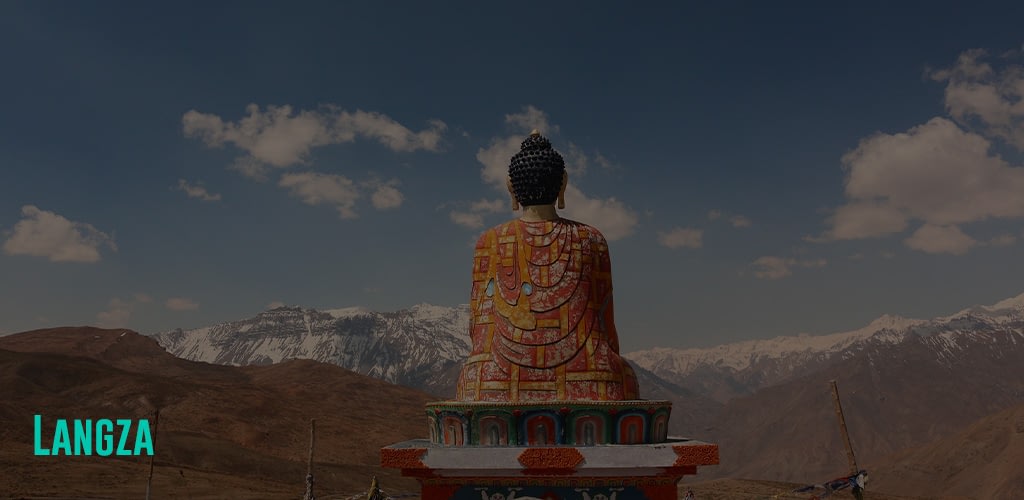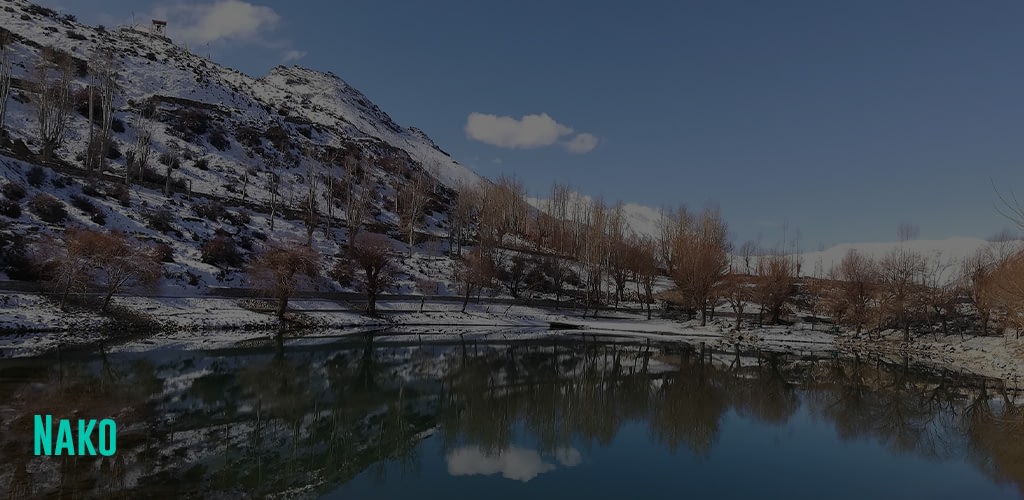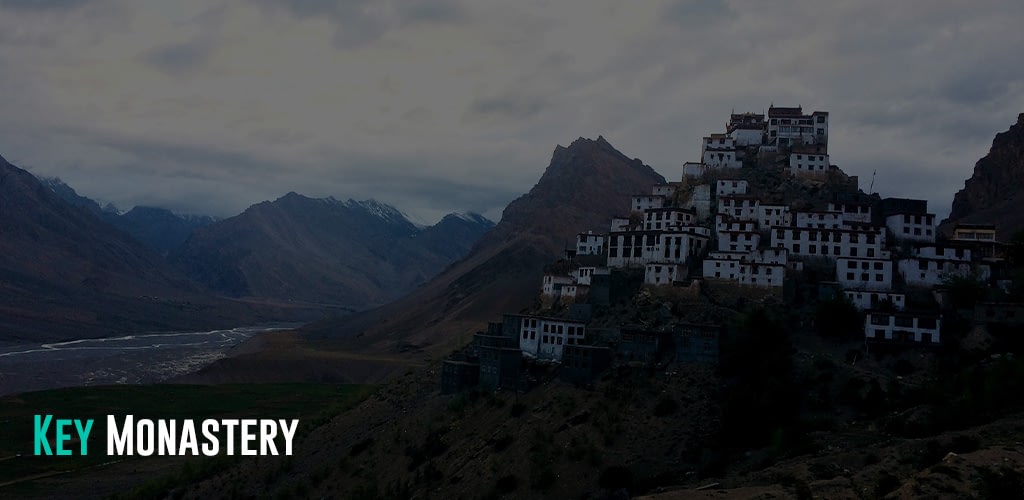Situated in the high Himalayas, Himachal Pradesh’s Spiti Valley is one of the most remote mountain valleys in the world. The predominantly Buddhist inhabitants of the valley close to the Indo-Tibetan border live simple lives, but the backdrop to their simplicity is nothing short of breathtaking. Vast expanses of the valley’s cold, mountain desert landscapes will bewilder you. Yet, at the same time, the peace and tranquility wherever you travel within the valley will heal the sorrows of your soul and rejuvenate your senses. Let’s explore the surreal places found in Spiti Valley.
In ancient times, Spiti, or ‘The Middle Land,’ was a part of the kingdom of Ladakh, which isn’t surprising when you consider its geography. Culturally, the valley shares several things with neighboring Tibet – religion, customs, and cuisine. This is the closest to Tibet you can get in India, literally and figuratively.
This article will attempt to take you through the best destinations in Spiti Valley as well as words can. By the end, we hope you can make a travel plan that will allow you to experience the ethereal beauty of the place in person.
Featured Image Source
1. Kunzum Pass
There are two ways to reach Spiti – you can either approach the valley from the resort town of Manali in Himachal’s Kullu district or the state capital, Shimla. If you take the former approach, you must cross the Kunzum Pass, which connects the Lahaul and Spiti valleys.
At over 15,000 feet, the Kunzum Pass is surrounded by high, snow-capped mountains. All vehicles crossing the pass typically circle the Kunzum Devi temple at the top to seek the goddess’s blessings for a safe journey. While you’re there, don’t forget to gaze at the gigantic mountains overlooking the pass and the magical meadows around it.
2. Langza
In recent years, more and more tourists have begun to visit Spiti, but despite the growing tourism, some places within the valley are still virtually untouched – Langza is one of them. So, if you want to witness authentic village life in Spiti, Langza village is a must-visit.
At more than 14,000 feet in height, the village has a few homestays where you can stay with the locals and enjoy simple, home-cooked meals. Overlooking the village is the mighty Chau Chau Kang Nilda mountain, and the most famous attraction here is the mammoth Lord Buddha statue near the village temple.
3. Chandratal
Every high-altitude Himalayan lake has something special about it, and the same can be said for Chandratal, which means ‘Moon Lake.’ The lake’s turquoise-blue waters are among the most soothing sights that Spiti has to offer during the day, and at night, the skies above the lake turn into a star-speckled spectacle.
If you love camping out in remote places, we recommend staying here. A word of caution, though – the lake’s 14,000+ feet altitude may result in symptoms of acute mountain sickness (AMS) or, as others call it, elevation sickness. So, if you start feeling uncomfortable here, descend to a lower altitude immediately.
4. Nako
If you’re traveling to Spiti from Shimla, you’ll have to go through the Kinnaur district as a gateway to the Spiti Valley. On the border between the Kinnaur district and the Spiti Valley, you’ll come across the beautiful Nako village. While the village is politically a part of the Kinnaur district, in terms of geography, it has more in common with the rugged Spitian landscapes.
The village has plenty of attractions for curious travelers – from the Nako Lake to the Nako monastery to the nearby Chango Gompa. So, if you’ve got time on your journey to Spiti from the Shimla side, take a few hours to explore this village. You won’t be disappointed.
5. Key Monastery
A list of the best destinations in Spiti Valley wouldn’t be complete if we didn’t include a monastery. While we’re at it, why not include the one with the most jaw-dropping views of the valley? That’s right – Key Monastery, located close to Kaza, Spiti’s main town, is a place you won’t want to rush through.
Atop a hill, its location overlooks the Spiti River in all its free-flowing glory. Tourists can take a walk through the hallways of the monastery and feel a sense of calmness and serenity taking them over. What’s more? You can spend time in the meditation hall to connect with your inner self and let go of your worries and fears. In addition, there are basic rooms inside the monastery, which you can reserve for a night or two to observe the monastic way of life here.
If you enjoyed this article, check out more of our articles looking into destinations worldwide! Discover new and exciting places to plan your next trip!

